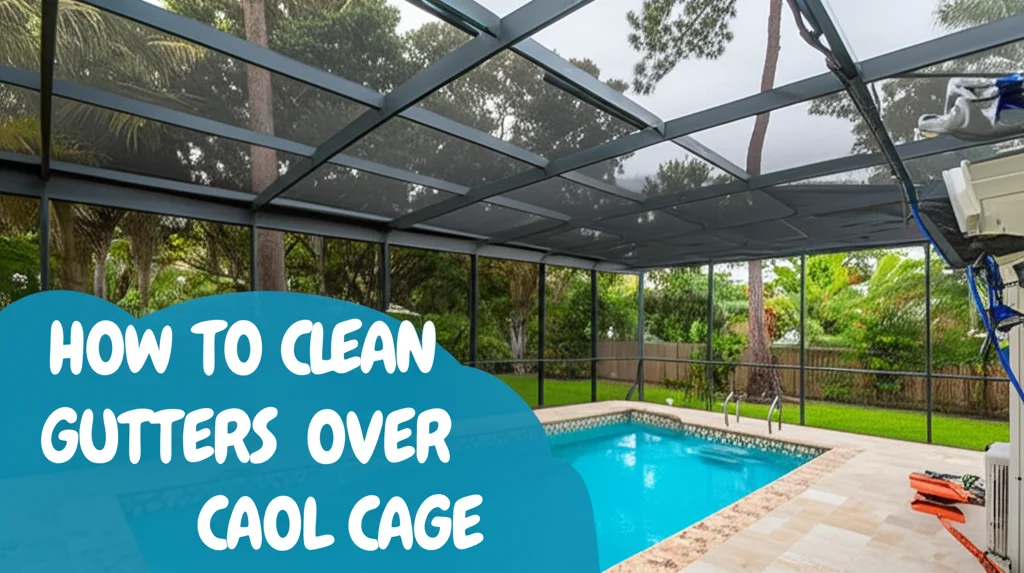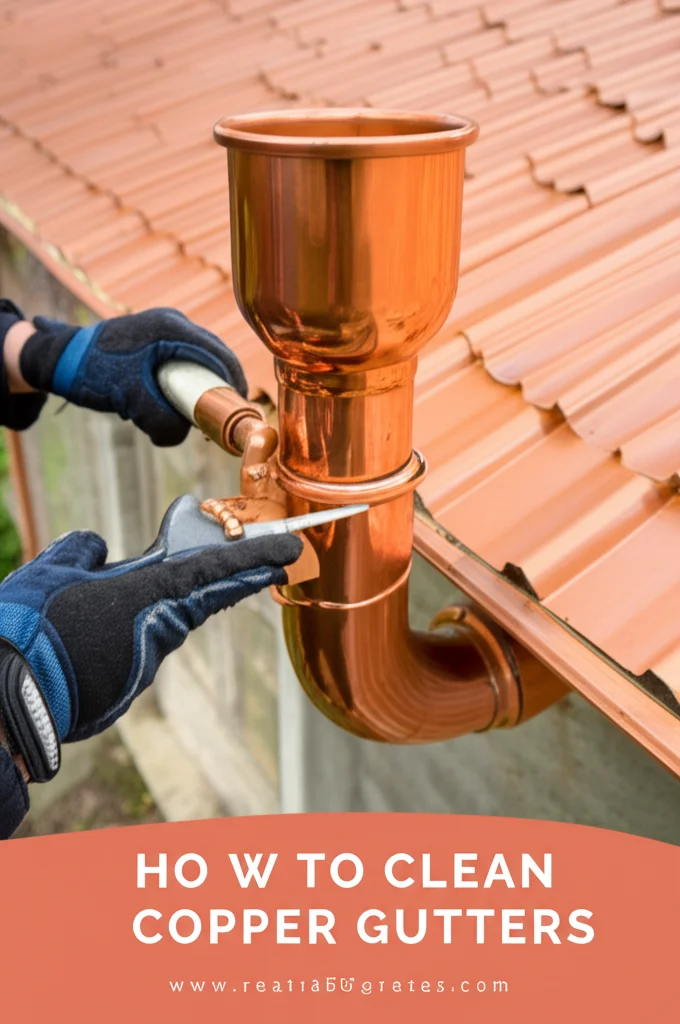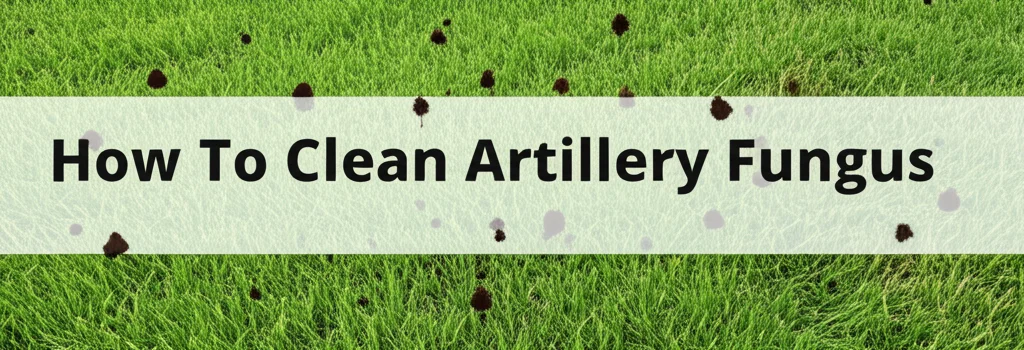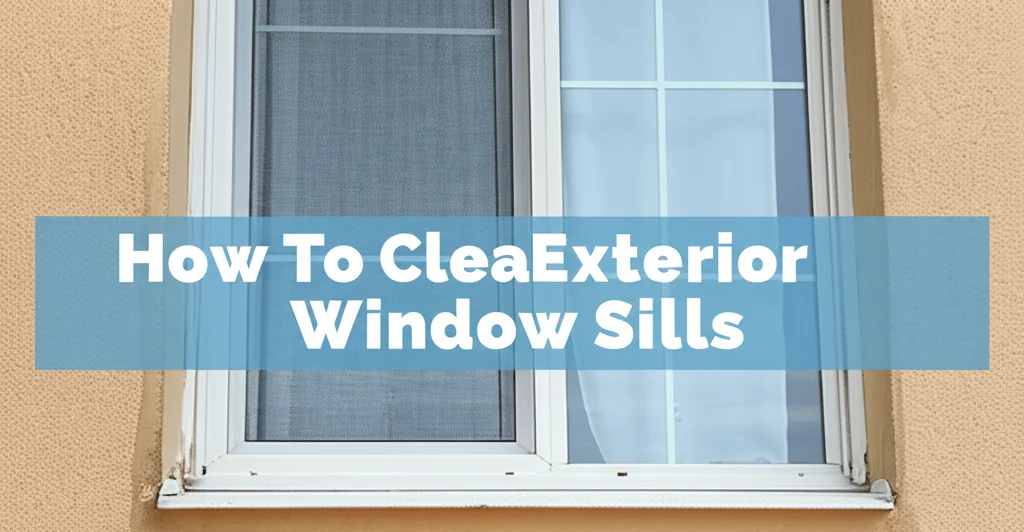· Home Maintenance · 6 min read
how to clean gutters over pool cage

Cleaning Gutters Over Your Pool Cage: A Complete Guide
Have you noticed overflowing gutters around your pool cage? It’s a common problem, and ignoring it can lead to big headaches. Clogged gutters can cause water damage to your cage, foundation, and even create a breeding ground for pests. This article will walk you through everything you need to know about how to clean gutters over a pool cage safely and effectively. We’ll cover the tools you’ll need, step-by-step instructions, safety precautions, and preventative measures to keep your gutters flowing freely.
Here’s a quick answer: Cleaning gutters over a pool cage requires careful planning and the right tools. Start with safety gear, then remove debris using a ladder, gutter scoop, or leaf blower. Finally, flush the gutters with a hose and inspect downspouts for blockages.
Key Takeaways:
- Safety First: Always prioritize safety when working at heights.
- Regular Cleaning: Clean gutters at least twice a year, more often if you have many trees nearby.
- Preventative Measures: Consider gutter guards to reduce debris buildup.
Why Cleaning Gutters Over a Pool Cage is Important
Gutters play a vital role in directing water away from your home and pool area. When you have a pool cage, the importance is amplified. Overflowing gutters can saturate the ground around your pool cage’s foundation, potentially causing structural issues. Furthermore, standing water attracts mosquitoes and other pests, ruining your pool enjoyment. Regularly cleaning these gutters protects your investment and keeps your outdoor space pleasant.
Tools You’ll Need for the Job
Before you start, gather the necessary tools to make the job easier and safer. Having everything on hand will streamline the process and minimize trips up and down the ladder. Here’s a checklist:
- Ladder: A sturdy extension ladder that reaches your gutters safely.
- Gloves: Protect your hands from debris and potential hazards.
- Safety Glasses: Shield your eyes from falling debris.
- Gutter Scoop: A plastic scoop designed for removing gutter debris.
- Garden Hose with Spray Nozzle: For flushing out remaining debris.
- Leaf Blower (Optional): Can be used to blow debris off the roof and out of the gutters.
- Bucket: To collect the removed debris.
- Gutter Guards (Optional): For preventing future clogs.
- Work Boots: Provide better grip and stability on the ladder.
Safety Precautions: Working at Heights
Working on a ladder always carries risks, so safety should be your top priority. Before you even think about climbing, inspect your ladder for any damage. Ensure it’s placed on a stable, level surface and extends at least three feet above the gutter line. Always maintain three points of contact with the ladder – two hands and one foot, or two feet and one hand. Never overreach, and ask someone to spot you if possible. Wearing appropriate footwear, like work boots, will also improve your stability.
Step-by-Step Guide to Cleaning Your Gutters
Now that you have your tools and safety measures in place, let’s get to the cleaning process. Follow these steps for a thorough and effective gutter cleaning:
- Start at the Downspout: Begin cleaning near the downspout outlet. This allows you to work with the natural flow of debris.
- Remove Large Debris: Use your gutter scoop to remove leaves, twigs, and other large debris. Work in sections, moving along the gutter.
- Flush with Water: Once you’ve removed the bulk of the debris, use your garden hose with a spray nozzle to flush out any remaining dirt and smaller particles. Start at the higher end of the gutter and work your way towards the downspout.
- Check the Downspouts: Ensure the downspouts are clear. If water isn’t flowing freely, use a hose or a plumber’s snake to dislodge any blockages.
- Repeat as Needed: Continue this process along the entire length of the gutters, paying close attention to areas around trees.
- Clean Up: Dispose of the collected debris properly.
Dealing with Stubborn Clogs in Downspouts
Sometimes, despite your best efforts, downspouts can become stubbornly clogged. A simple flush with a hose might not be enough. Here are a few techniques to try:
- Plumber’s Snake: A plumber’s snake can be inserted into the downspout to break up and remove the clog.
- Garden Hose with a Curved Nozzle: A curved nozzle can help direct the water flow to dislodge the blockage.
- Disassemble the Downspout: If all else fails, you may need to disassemble the downspout sections to manually remove the clog.
Preventing Future Clogs: Gutter Guards
While cleaning your gutters is essential, preventing clogs in the first place is even better. Gutter guards are a fantastic investment that can significantly reduce the frequency of cleaning. There are several types of gutter guards available:
- Mesh Gutter Guards: These are the most common and affordable option. They have a fine mesh screen that prevents leaves and debris from entering the gutters.
- Foam Gutter Guards: These are made of porous foam that allows water to flow through while blocking debris.
- Brush Gutter Guards: These consist of bristles that fill the gutter, preventing leaves from accumulating.
- Reverse Curve Gutter Guards: These use surface tension to guide water into the gutter while allowing debris to fall off.
Choosing the right gutter guard depends on the type of debris in your area and your budget.
Maintaining Your Pool Cage During Gutter Cleaning
Cleaning gutters near a pool cage requires extra care to protect the structure. Avoid leaning against the cage while on the ladder, as this could cause damage. Be mindful of falling debris and cover your pool or furniture if necessary. If you notice any damage to the cage during the cleaning process, address it promptly to prevent further issues. Regularly inspecting the cage for wear and tear is also a good practice.
FAQ: Common Questions About Cleaning Gutters Over Pool Cages
- How often should I clean my gutters over a pool cage? At least twice a year – in the spring and fall – is recommended. If you live in an area with many trees, you may need to clean them more frequently.
- Is it safe to clean gutters myself? It can be, but only if you take the necessary safety precautions. If you’re uncomfortable working at heights, consider hiring a professional.
- What if I can’t reach all of my gutters with a ladder? Consider using a gutter cleaning tool with an extension pole or hiring a professional gutter cleaning service.
- Can I use a pressure washer to clean my gutters? While possible, it’s generally not recommended. The high pressure can damage the gutters and surrounding areas.
- What should I do with the debris I remove from my gutters? Dispose of it properly in yard waste bags or compost it if appropriate.
- How do I know if my downspouts are clogged? If water is overflowing from the gutters or pooling around the foundation of your home, your downspouts may be clogged.
Conclusion: Protecting Your Home and Pool Investment
Cleaning gutters over a pool cage is a crucial part of home maintenance. By following these steps and prioritizing safety, you can prevent costly damage, protect your pool area, and enjoy a pest-free outdoor space. Remember to clean your gutters regularly and consider installing gutter guards to minimize future clogs. Don’t hesitate to call a professional if you’re uncomfortable with any part of the process. Keeping your gutters clean is a small investment that yields significant returns in the long run, ensuring your home and pool remain a relaxing and enjoyable oasis.




